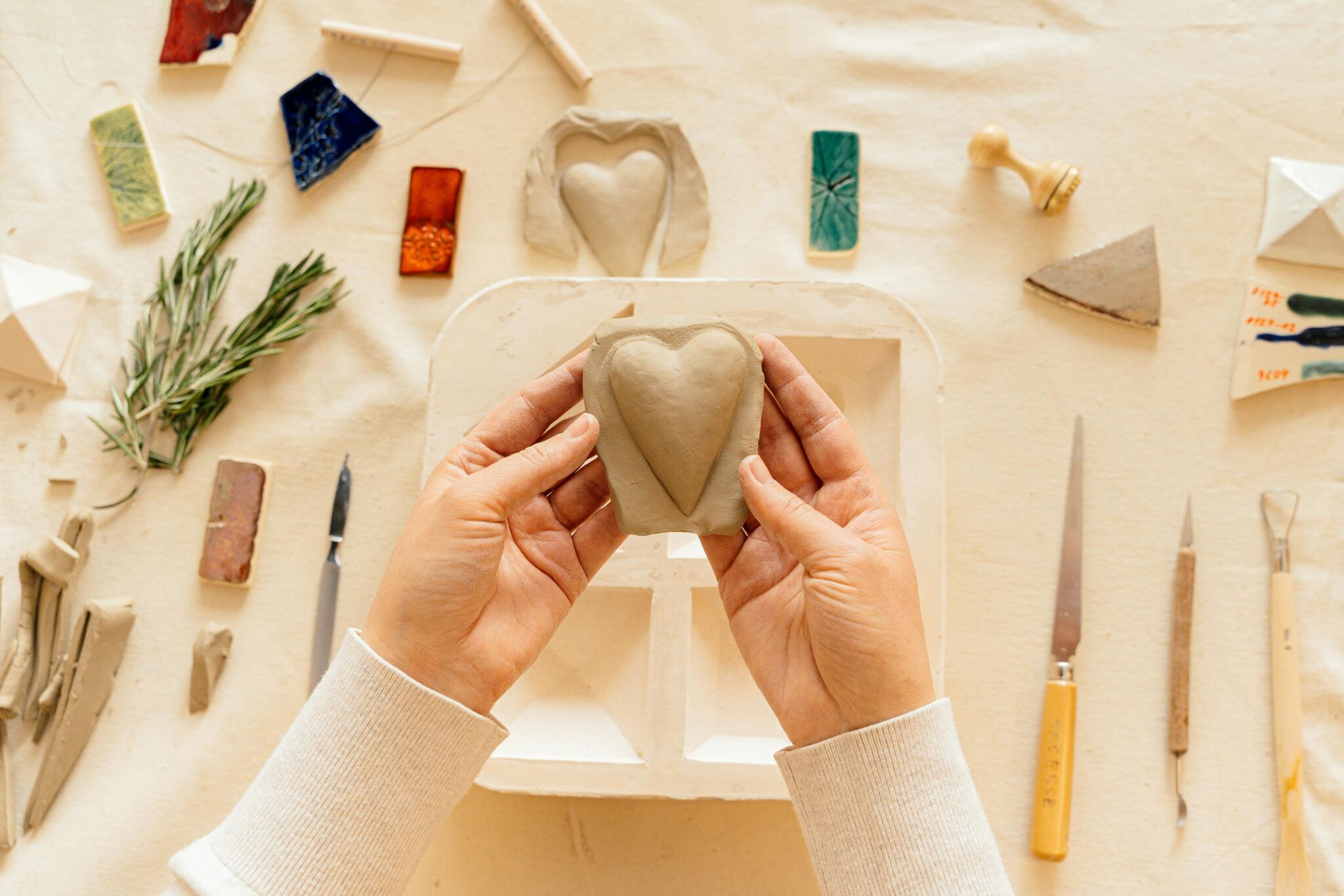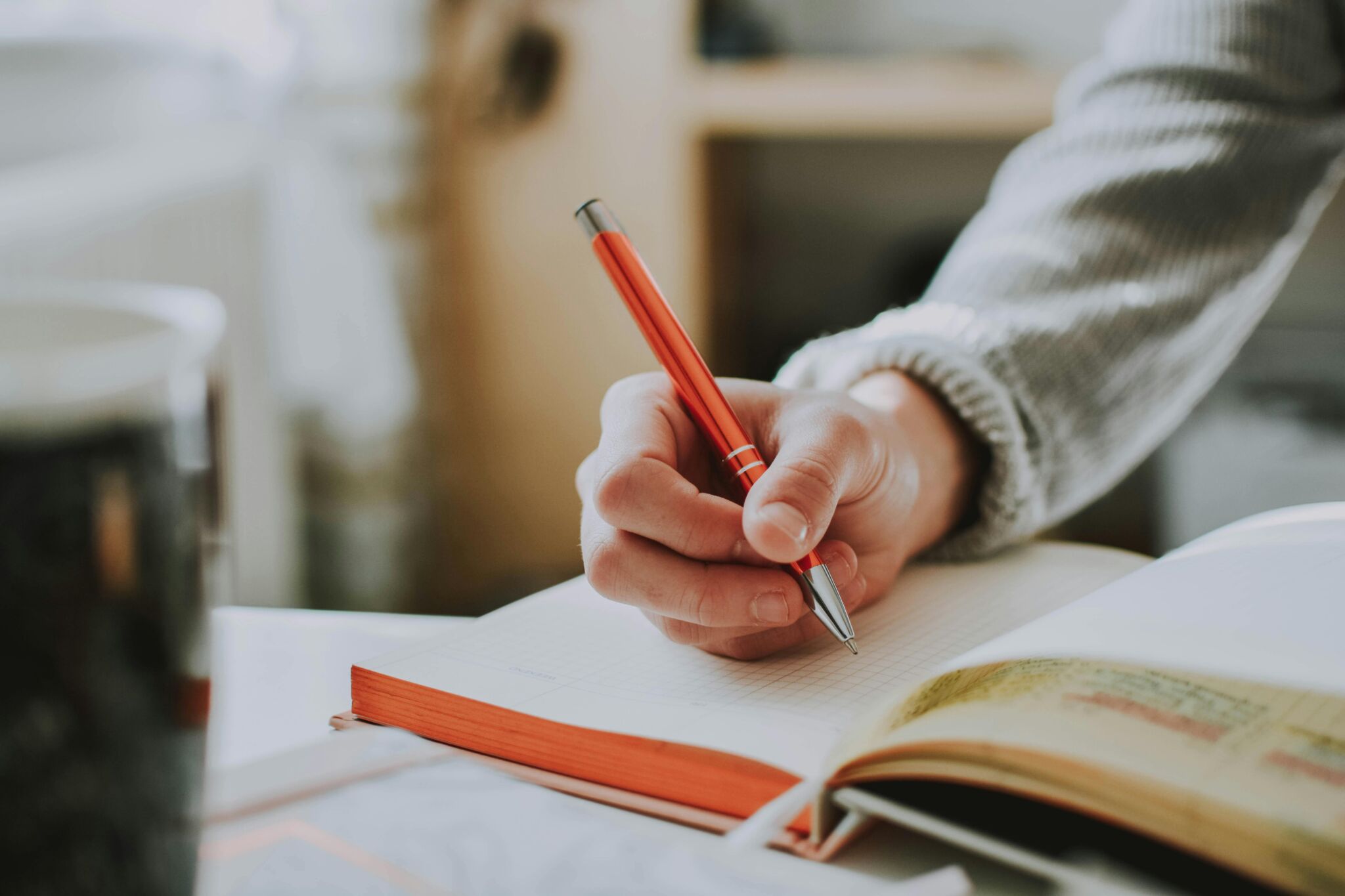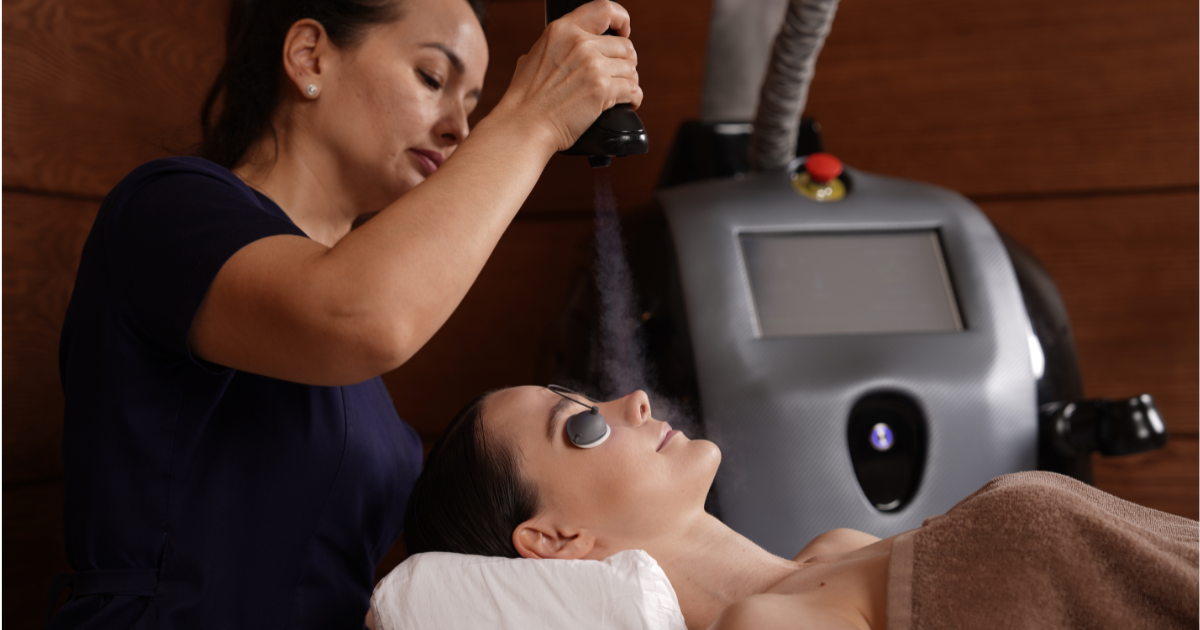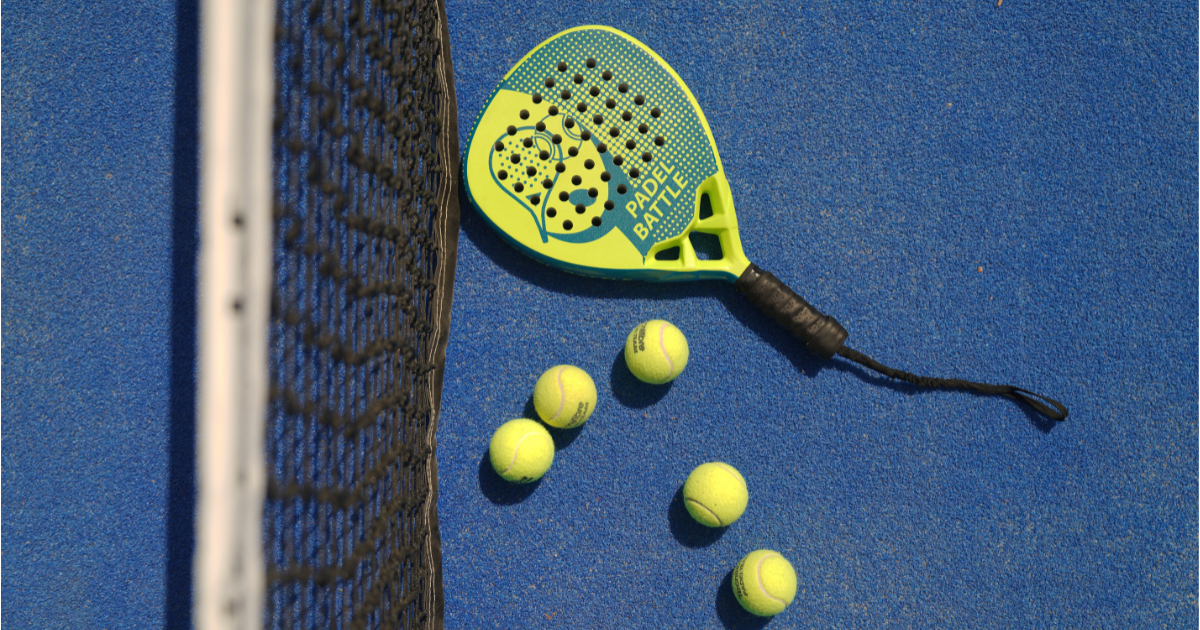Art therapy
How art helps you cope with stress

In psychology, creativity is viewed not only as a form of self-expression but also as a method for coping with stress and a way to get to know oneself better. Art therapy is a general term for all practices and techniques that combine scientific approaches with free creativity. Today, this form of therapy is gaining more and more popularity due to its effectiveness and the possibility of practicing it independently.
The editorial team of ELLE O’zbekiston explores what kinds of art therapy exist and how to choose the perfect form for yourself.
Types of art therapy
Art therapy is a psychological method based on the use of various forms of creative expression to identify, understand, and work through inner experiences. This kind of therapy helps to restore a connection with oneself, reduce anxiety levels, manage stress, and find new ways to resolve internal conflicts. Art therapy can be practiced either with a specialist or independently.
The most popular types of art therapy intersect with major areas of art – for example, drawing helps express emotions, feelings, and experiences through color and form, while working with clay or plasticine helps to connect with the body and emotions, providing a sense of control. Art therapy also includes musical techniques that allow a person to express feelings through sound, rhythm, or voice; and dance-based exercises, where movement helps one process tension and release emotions. Each of these forms can be used individually or in combination, depending on the person’s needs and the goals of the therapy.

Photо: pexels
How art therapy differs from art
Creativity in a broad sense is primarily a way to create something new and unique, such as painting a picture or composing a song. Art therapy, on the other hand, uses creativity solely as a tool for internal work, and its main goal is the enjoyment of the process. It is through this process that art therapy helps people become aware of their emotions, reduce stress, live through difficult feelings, and discover new ways to cope with challenges. It does not matter whether you can draw or how well you sing – the outcome of your creative work in art therapy is not important, because in this context, there are no grades, rules, or criticism. In essence, any creative activity where you allow yourself to be free and enjoy the process, without worrying about the final result and without confining yourself to rigid standards, can become a form of art therapy for you.

Photо: pexels
How to know if it’s right for you
Art therapy can be helpful if you feel that your usual sources of energy, such as socializing with friends or exercising no longer bring the desired results. If you’re experiencing stress, anxiety, or other negative emotions, art therapy can help you regain a sense of calm and reconnect with your inner self.
The best way to understand which methods work for you is to try different techniques and observe how you feel during and after the process. Below are a few simple exercises across different modalities. By trying them out, you may discover which type of art therapy suits you best:
- Stream of consciousness. The essence of this exercise is to pour all your thoughts and emotions onto paper without restriction. Take a sheet of paper and write without thinking. Allow yourself to be completely honest, without worrying about spelling or grammar. This helps release internal tension and gives clarity on how you truly feel.
- Color explosion. This exercise focuses on expressing emotions through colors. Grab some paints, markers, or colored pencils, and reflect on the emotions that are troubling you right now. Create an abstract image that reflects your emotional state – don’t worry about what the drawing looks like. This exercise helps express emotions and gain insight into your internal condition.
- Therapeutic clay. In this exercise, use clay or plasticine to sculpt a form that symbolizes your stress or anxiety. Focus on the shape and texture as if you’re physically “extracting” the negative energy from within. Once finished, squeeze or crush the figure as a symbolic release of tension and worry.
- Free movement. Put on energetic music and dance freely, without limitations. The key is to move however you want, without worrying about how it looks. Let your body express your feelings and release physical tension. This exercise helps unleash bottled-up emotions.


